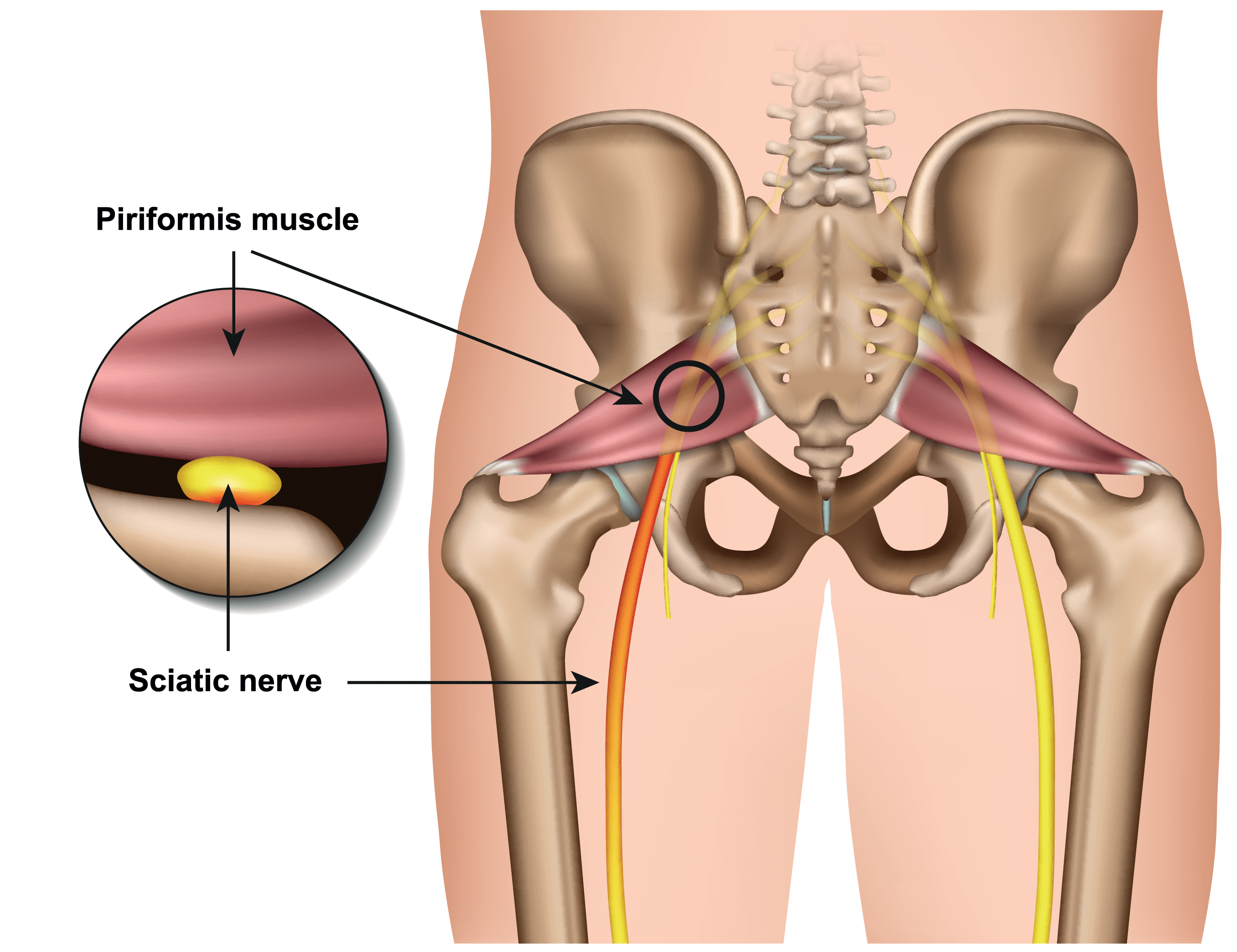- Conditions
- Procedures
- Patient care
- Why choose us
- Our Doctors
- Contact
Home » Spine Conditions »
Piriformis Syndrome: Everything You Need to Know

Piriformis syndrome is a neuromuscular condition characterized by pain in the hip and buttock area, caused by the piriformis muscle compressing the sciatic nerve. The piriformis muscle is a small muscle located deep in the buttocks, which helps to rotate the hip and leg outward. When this muscle becomes tight or spasms, it can compress the sciatic nerve, which runs directly underneath it and can cause pain, numbness, tingling, or weakness in the leg, hip, and buttock.
Symptoms of piriformis syndrome
can vary, but commonly include pain and discomfort in the hip, buttocks, and down the back of the leg, as well as muscle spasms and stiffness. The pain may be dull or achy, or it may be sharp and severe. Some people with piriformis syndrome may also experience tingling or numbness in the leg, and difficulty sitting for long periods of time.
Causes of Piriformis Syndrome
Piriformis syndrome can be caused by a variety of factors, including injury, overuse, or prolonged sitting. People who engage in activities that require repetitive hip motions, such as running, cycling, or hiking, are more at risk for developing the condition. Other risk factors include poor posture, muscle imbalances, and certain medical conditions, such as hip arthritis or fibromyalgia.
Treatment options for piriformis syndrome
include physical therapy, stretching exercises, and strengthening exercises to improve muscle balance and flexibility. You may also benefit from using heat and cold therapy, massaging the muscle, and taking over-the-counter pain medication. In some cases, a corticosteroid injection may be used to reduce inflammation and pain. If the condition is severe or persistent, your doctor may refer you to a specialist for further evaluation and treatment.
Piriformis syndrome is not always easy to diagnose, as symptoms can be similar to those of other conditions, such as a herniated disk or sciatica. An accurate diagnosis can be made by a medical professional based on your symptoms, medical history, and a physical examination.
In conclusion, piriformis syndrome is a neuromuscular condition that causes pain in the hip and buttock area caused by the piriformis muscle compressing the sciatic nerve. It can be caused by injury, overuse, poor posture, muscle imbalances and certain medical conditions. Treatment options include physical therapy, stretching exercises, and strengthening exercises, heat and cold therapy, massaging the muscle, and taking over-the-counter pain medication, corticosteroid injection. An accurate diagnosis can be made by a medical professional based on your symptoms, medical history, and a physical examination
